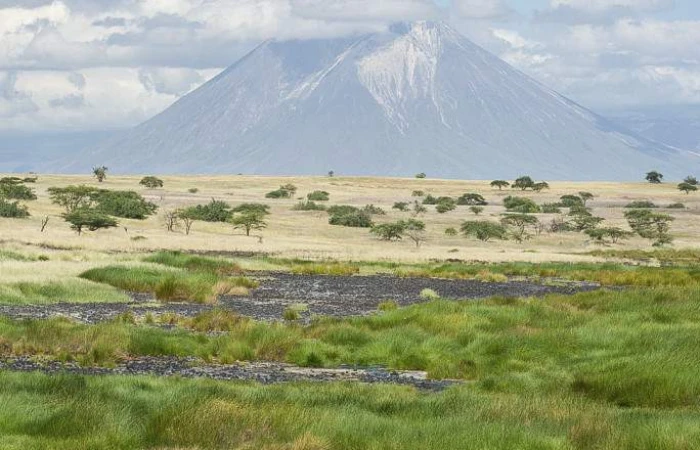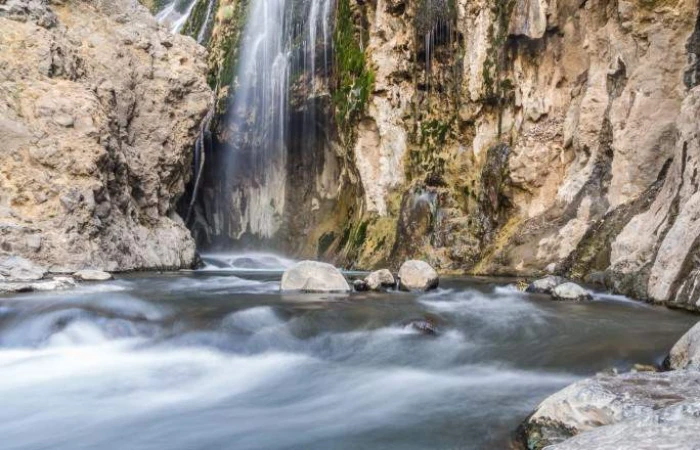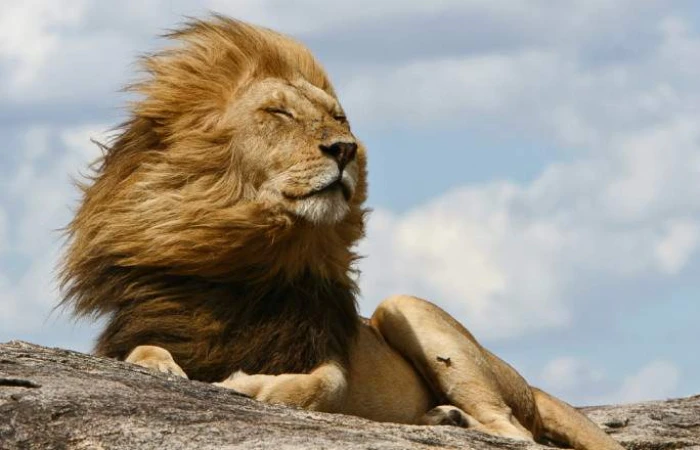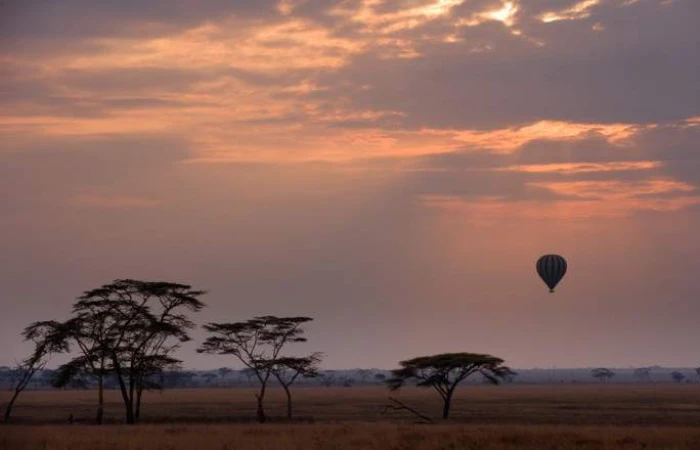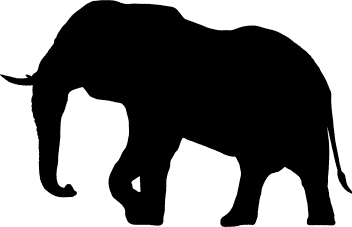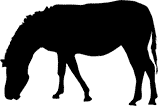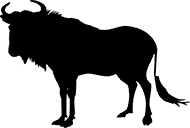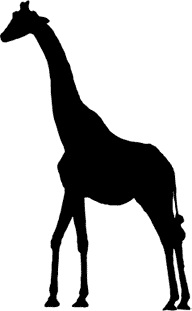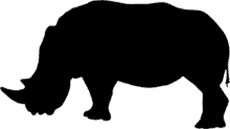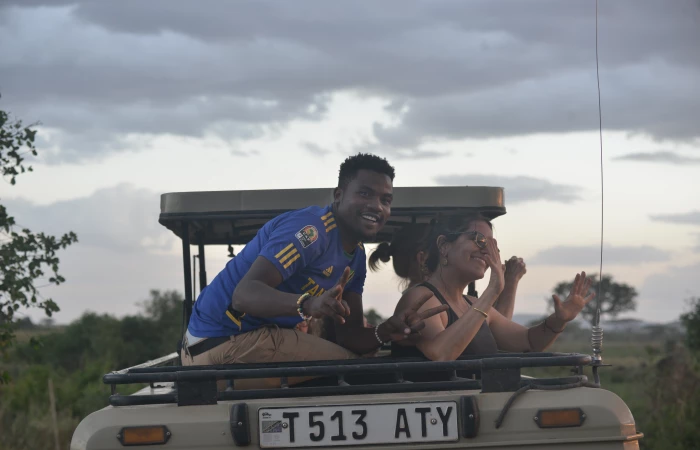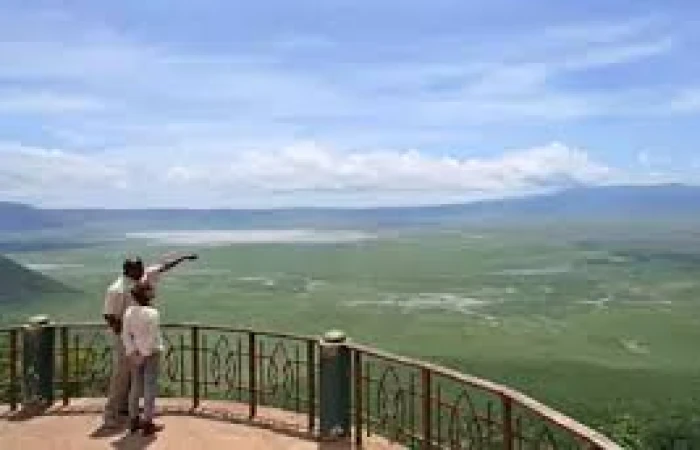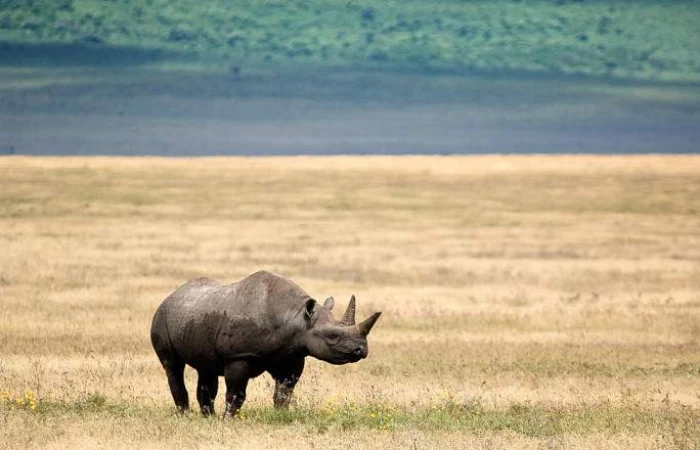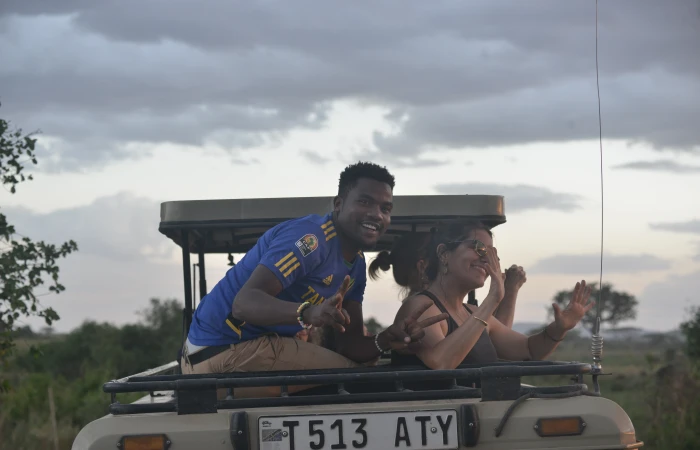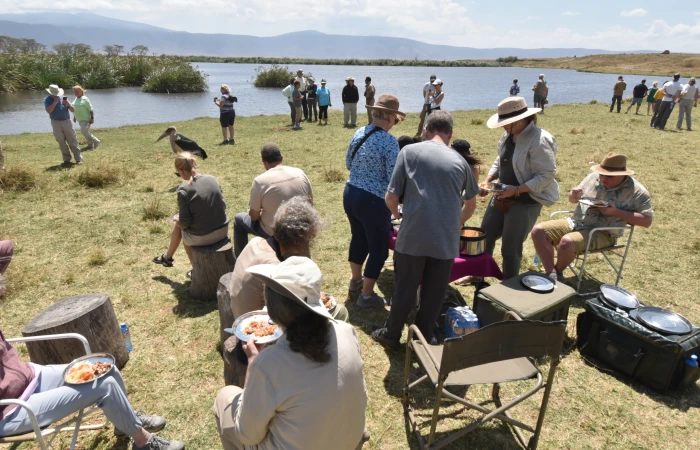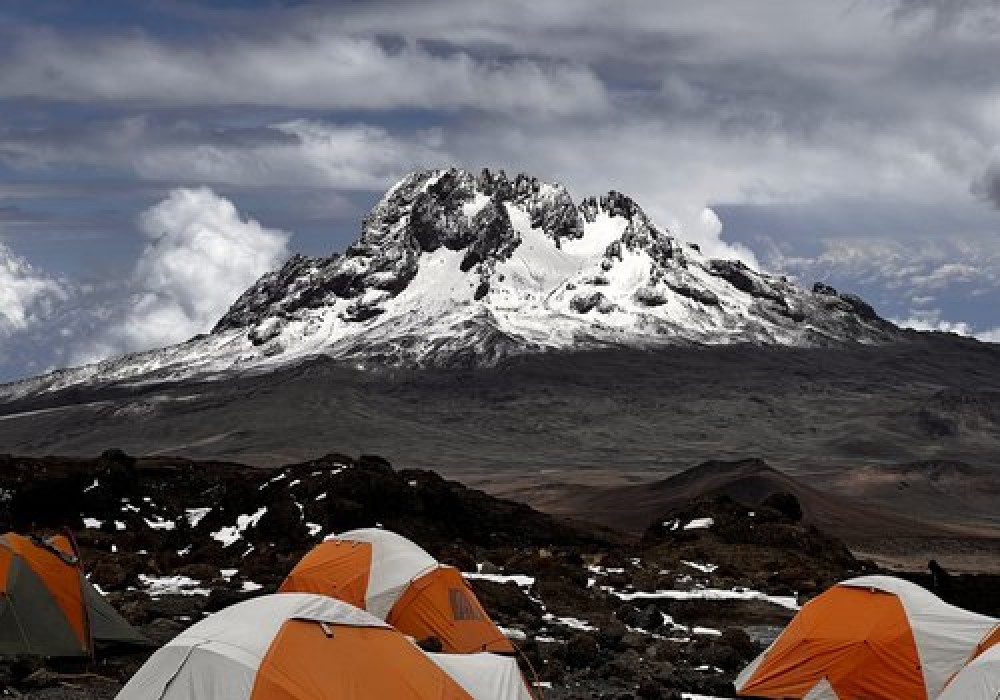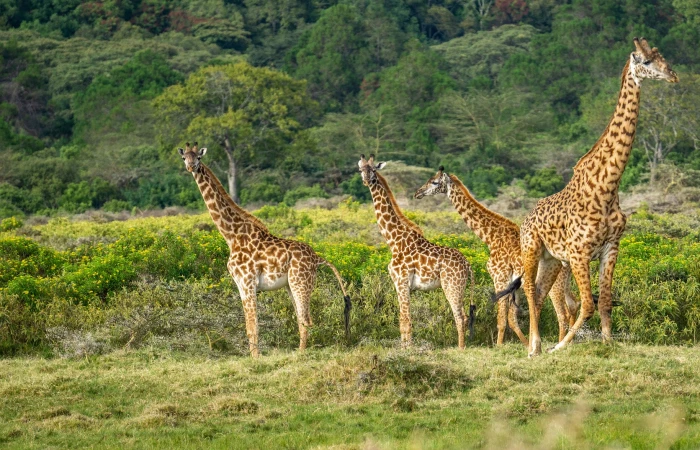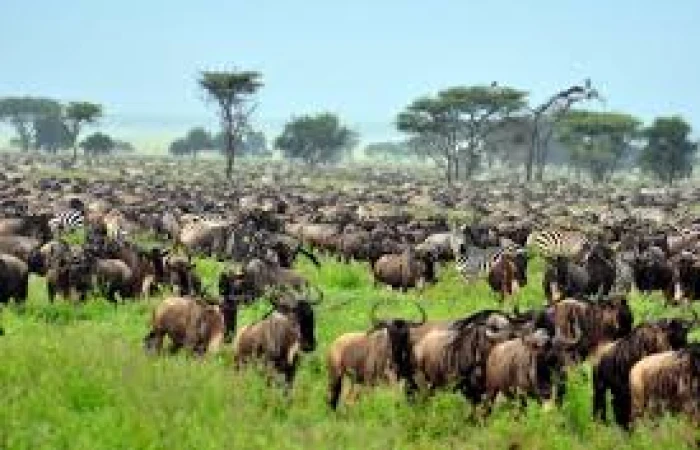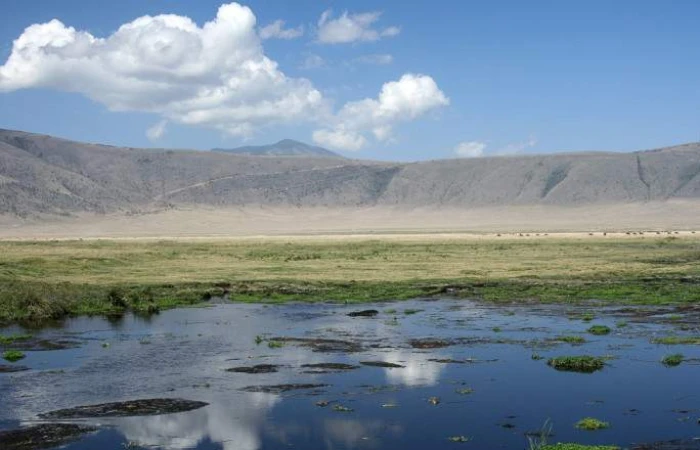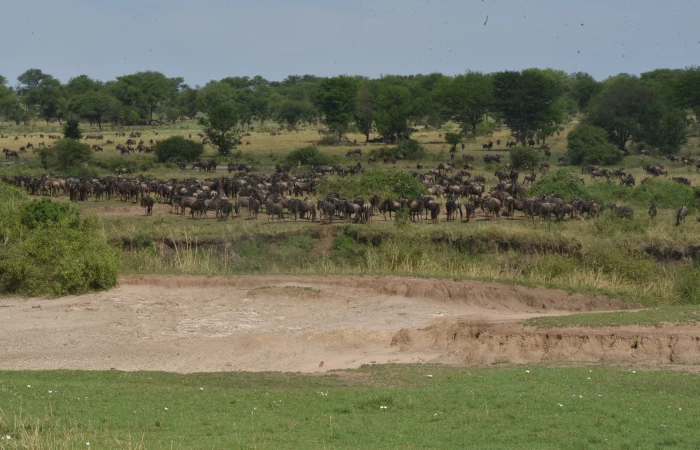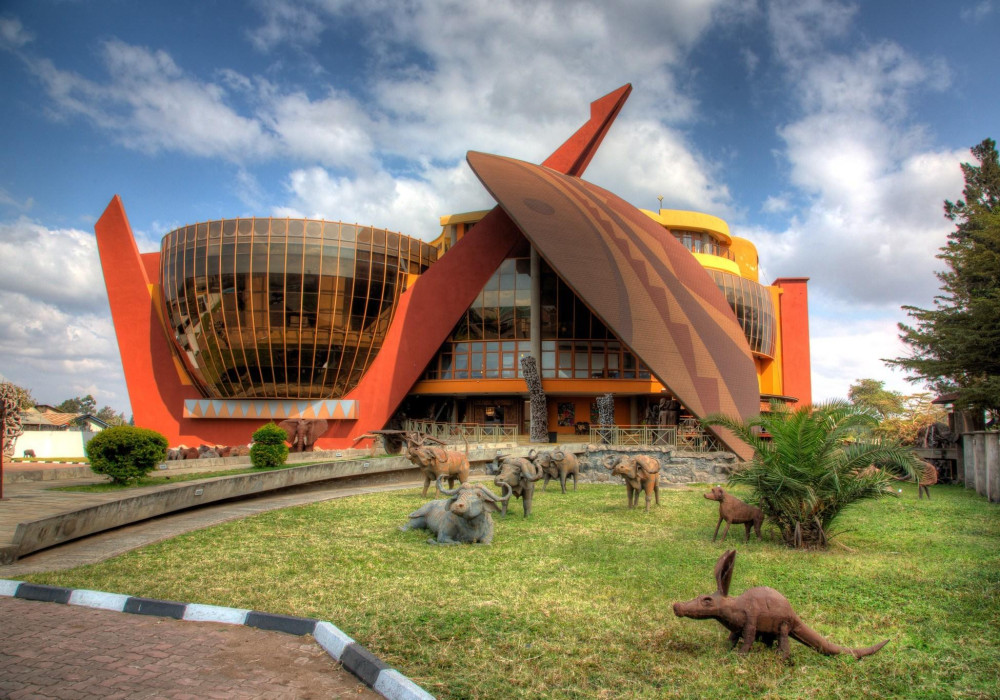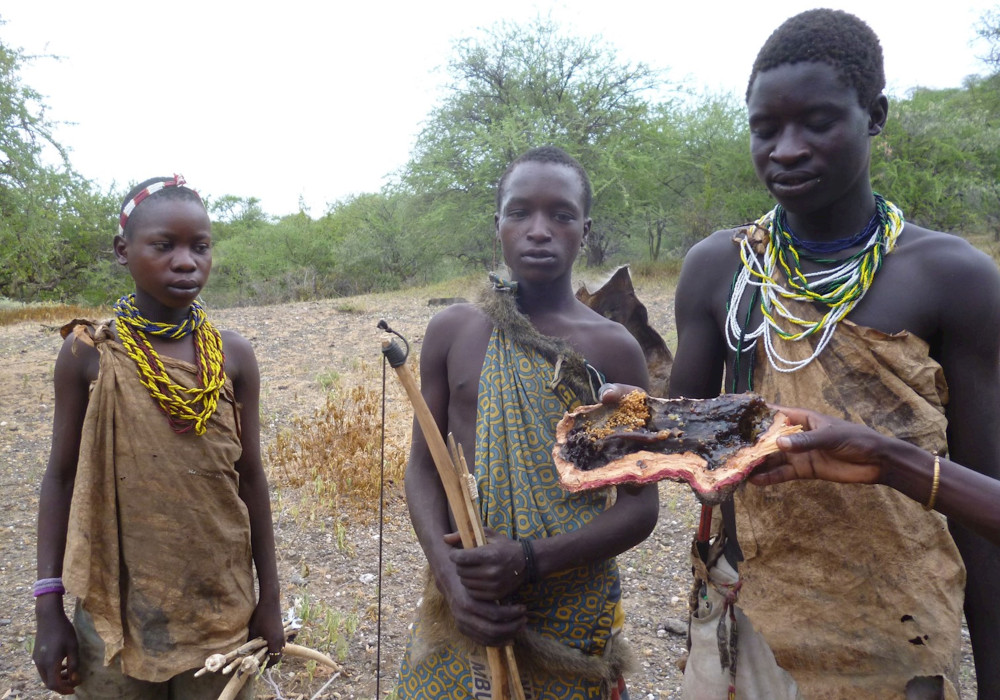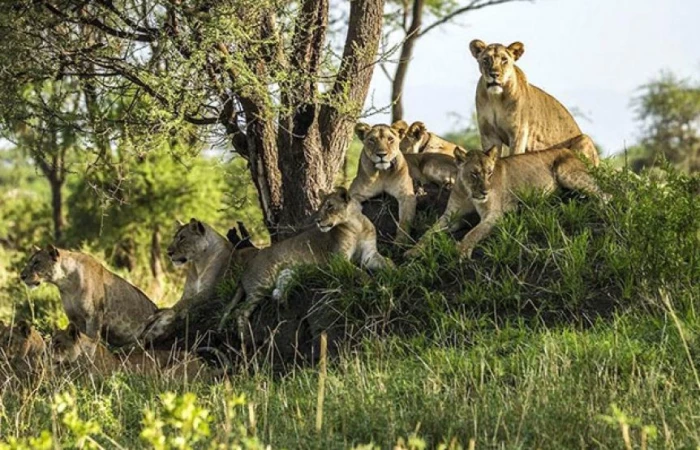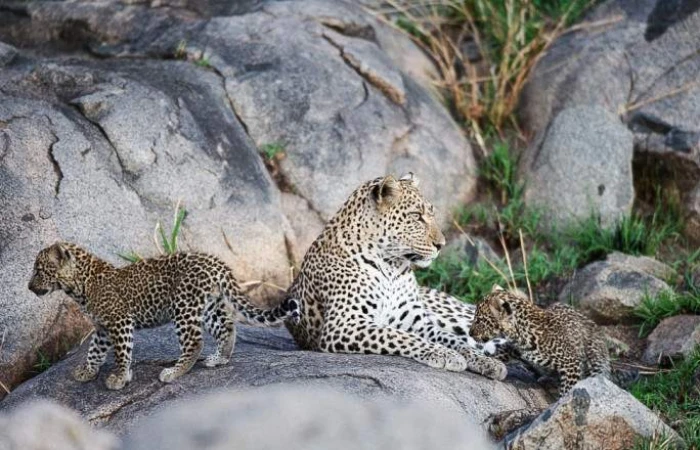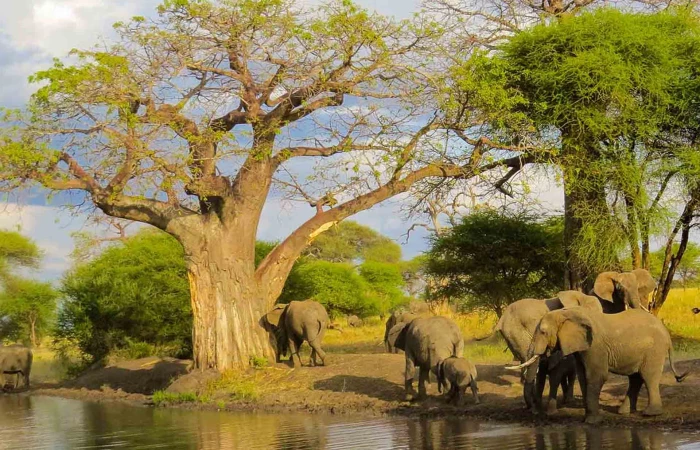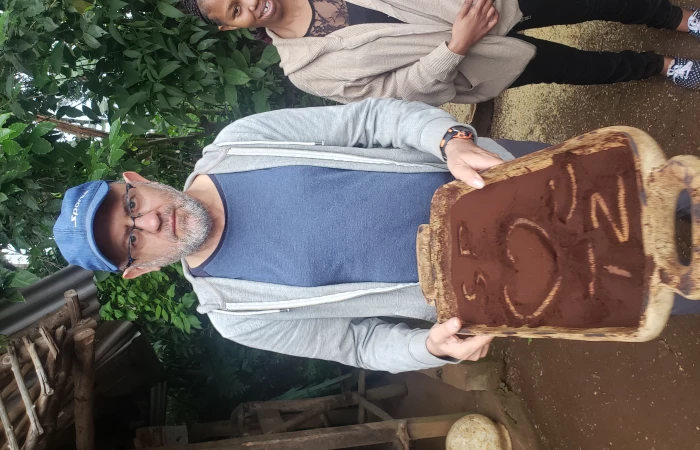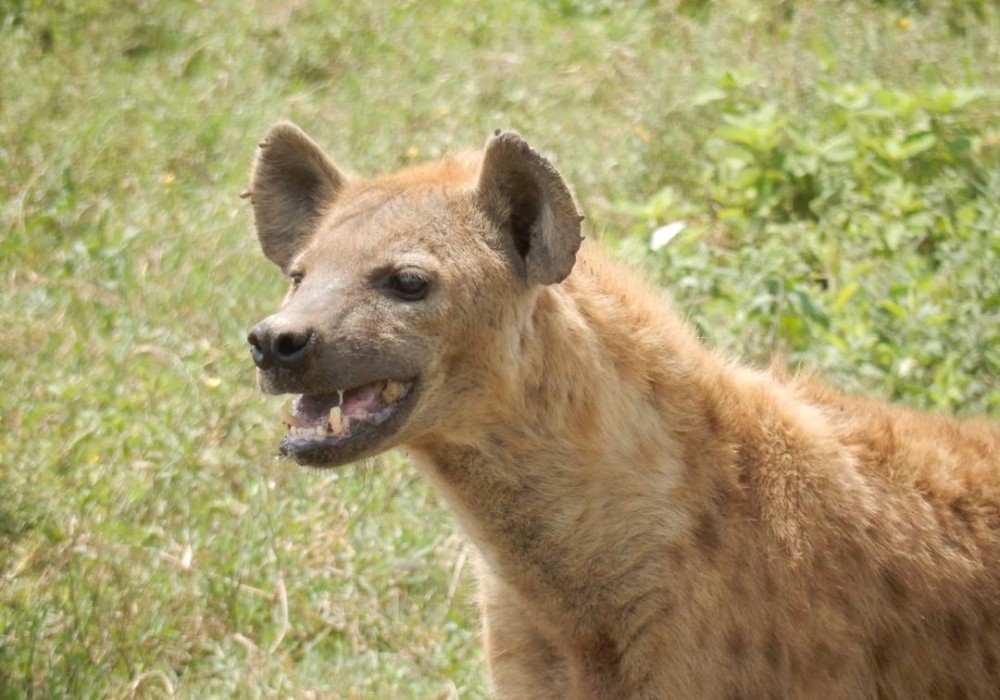Tour highlight
-
Main Destination :Northern tanzania
-
Tour may be offered as :
- Honey Moon
- Mid Range
- Private
- Solo
-
Tour Duration:Day: 5Night: 4
-
You Visit:
- Ngorongoro C. Area
- Serengeti National Park
- Lake Natron
Extra Things which may be offered o accompanied on this (To tarangire two nights serengeti and lake natron) tour:
- Baloon safari (550 USD per person)
- Visit a Maasai village (20 USD per person)
Tour Over View:
Take a Northern Circuit safari, weaving together a memorable journey through Lake Natron, Serengeti National Park, and the Ngorongoro Crater. Make lifelong memories by seeing the renowned "Big Five" (elephant, rhino, lion, buffalo, and leopard) and a wide variety of bird species. Take a Northern Circuit safari, weaving together a memorable journey through Tarangire National Park, Lake Natron, Serengeti National Park, and the Ngorongoro Crater. Make lifelong memories by seeing the renowned "Big Five" (elephant, rhino, lion, buffalo, and leopard) and a wide variety of bird species.
Tour itinerary:
Day 1
Arusha to Tarangire
After a morning safari briefing, you will head to the Tarangire National Park. You will see giant baobab trees, bush savannahs, and seasonal marshes, which add to the wonder of this national park. The park is one of the best places to view elephants up close and is also home to buffaloes, zebras, and wildebeests, which are always closely followed by a range of predators such as lions. Although leopards are seen now and then, cheetahs are rarely spotted. From the open roof of the safari Jeep, you will absorb the landscape and watch the animals.
In the late afternoon, you will leave the park and drive to the lodge to spend the night.
- Main Destination:
- Tarangire National Park (Town)
- Accommodation:
- Ngorongoro Marera Mountain View Lodge
- Meals & Drinks:

Day 2
Ngorongoro Crater
After an early breakfast, you'll depart with a picnic lunch and drive to Ngorongoro Crater for a 6-hour game drive. You'll descend the 600m deep caldera for a game drive. The Ngorongoro Crater is the world’s largest inactive, intact and unfilled volcanic caldera. It has a massive floor of about 260 sq km with a depth of over 2,000 feet.
The Ngorongoro Crater is the largest collapsed volcanic crater in the world and has 14km of isolated natural beauty. It is surrounded by a ring of extinct volcanoes, and the floor, dotted with watering holes, shelters some 30,000 animals. The 5 to 6-hour game drive on the crater floor will show you a lot of animal action. Keeping the camera ready is recommended. Then, you will drive to Serengeti and have an evening game drive while heading to your lodge.
- Main Destination:
- Ngorongoro Crater
- Accommodation:
- Moyo Tented Camp

Day 3
Central Serengeti
Experience a full-day game drive in one of the most renowned parts of the Serengeti. This area is home to millions of wildebeest during their migration, and you are likely to encounter lions, cheetahs, leopards, hyenas, and other small predators across the vast plains. Spend the entire afternoon on a game drive, followed by dinner and the unique opportunity to sleep in the heart of the Serengeti.
- Main Destination:
- Central Serengeti National Park
- Accommodation:
- Lobo Wildlife Lodge

Day 4
Northern Serengeti to Lake Natron
You will wake up early to depart your lodge for a full day, moving with the herds across the plains and exploring the great migration, active predators and other wildlife. Sightings in the area include lion prides, leopards, cheetahs, crocodiles, hippos, elephants, giraffes, black rhinos, topis, hartebeests and many more.
One of the best places to observe the wildebeest migration is at the Mara River. The river runs through Kenya and Tanzania and lies directly in the migration path for multiple animals in the Masai Mara and Serengeti National Park. It is also a vital part of the river system that brings water to the region.
All meals and overnight will be at the Africa Safari Lake Natron Lodge, where dinner, rest, and relaxation await you upon arrival as your mind's eye roves over the sights and sounds of the day.
- Main Destination:
- Northern Serengeti National Park
- Accommodation:
- Africa Safari Lake Natron (Safari Comfort Bungalow)
- Meals & Drinks:

Day 5
Lake Natron to Arusha
Today, you will have the option to start your day early by walking around Lake Natron with local guides in search of the lesser flamingo. Lake Natron is an important breeding site for lesser flamingos in East Africa, hosting up to 2.5 million flamingos during the breeding season. Most of the egg-laying and hatching occurs from September to January, peaking between October and early December. Due to the lake's steeply alkaline waters, there are limited bird species besides the waterfowl.
Lake Natron is one of the most alkaline lakes in the world. It is home to millions of tiny crustaceans and attracts literally thousands of lesser flamingos, making it one of the most important flamingo breeding grounds on earth. After lunch and further time to enjoy the activities, we drive back to Arusha or the airport for drop-off.
- Main Destination:
- Lake Natron
- Accommodation:
- No accommodation (End of tour)
- Meals & Drinks:
Include
- Parking fees (for non-residents)
- All activities mentioned (unless clearly labeled as optional)
- Meals (as specified in the day-by-day description)
- All accommodations mentioned (unless clearly labeled as optional upgrades)
- A professional driver/guide
- All transportation mentioned (unless clearly labeled as optional)
- All Taxes/VAT
Exclude
- International flights (from/to the client's home country)
- Additional accommodation before and at the end of the tour
- Tips: tipping guideline of US$ 10.00
- per person per day for the guide and crew
- Personal items (souvenirs, travel insurance, visa fees and other personal items)
- Government imposed increases in taxes and/or park fees
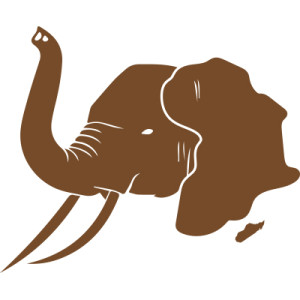
- GodyTour Expert
- Tour Expert
To tarangire two nights serengeti and lake natron
The duration of your safari depends on your interests and the specific areas you wish to visit. Many people opt for a 4- to 7-day safari, which allows for a good wildlife experience in multiple parks. However, it's also possible to extend your safari and combine it with other attractions, like the beaches of Zanzibar or cultural visits.
The best time for a safari in Tanzania depends on what you want to see and experience. The dry season from June to October is popular as wildlife congregates around water sources. The wildebeest migration usually takes place from December to July. However, different parks have different peak seasons, so it's advisable to research specific regions and their seasonal patterns.
Tanzania is known for its diverse wildlife. On a safari, you can expect to see animals such as lions, elephants, giraffes, zebras, wildebeests, buffaloes, leopards, cheetahs, rhinos (in a few select areas), hippos, crocodiles, and a variety of antelope species. Birdlife is also abundant in Tanzania.
Tanzania is generally considered safe for tourists, including safari-goers. However, it's always advisable to exercise caution and follow the guidance of your tour operator or guide. Be aware of your surroundings, listen to instructions, and take necessary precautions to ensure a safe and enjoyable experience.
Yes, most visitors to Tanzania require a visa. You can obtain a visa in advance from a Tanzanian embassy or consulate, or you can get a visa on arrival at the airport or border entry points. It's recommended to check the visa requirements and application process beforehand to ensure a smooth entry into the country.
Tanzania offers a range of accommodations to suit different preferences and budgets. Options include luxury lodges, tented camps, mobile camps, and budget-friendly campsites. Some lodges and camps are located inside the national parks, while others are situated in private concessions adjacent to the parks.
Essential items to pack for a Tanzania safari include lightweight and breathable clothing, comfortable walking shoes, a hat, sunscreen, insect repellent, binoculars, a camera, and any necessary medications. It's also advisable to pack layers for cooler mornings and evenings, as well as a waterproof jacket in case of rain.
